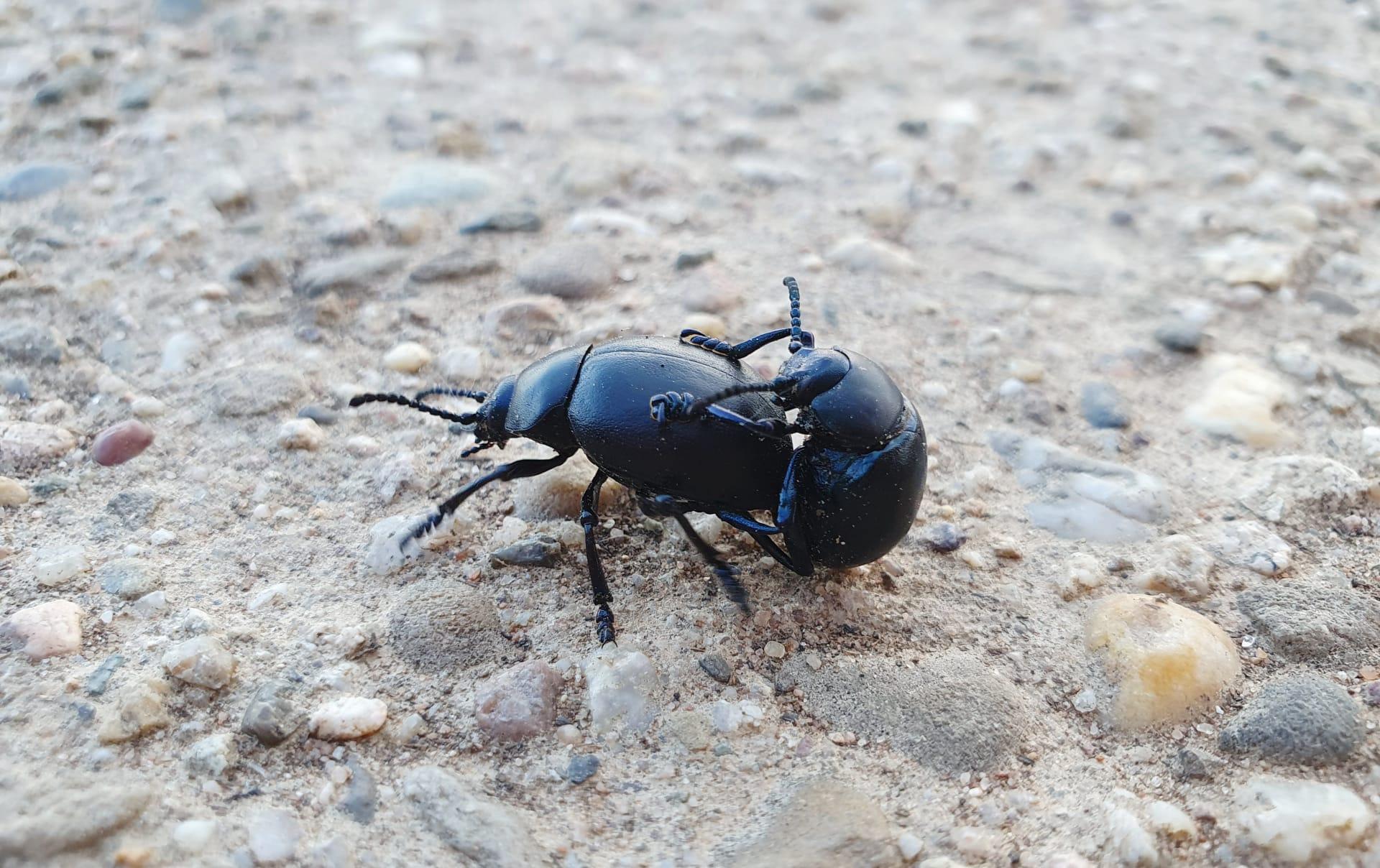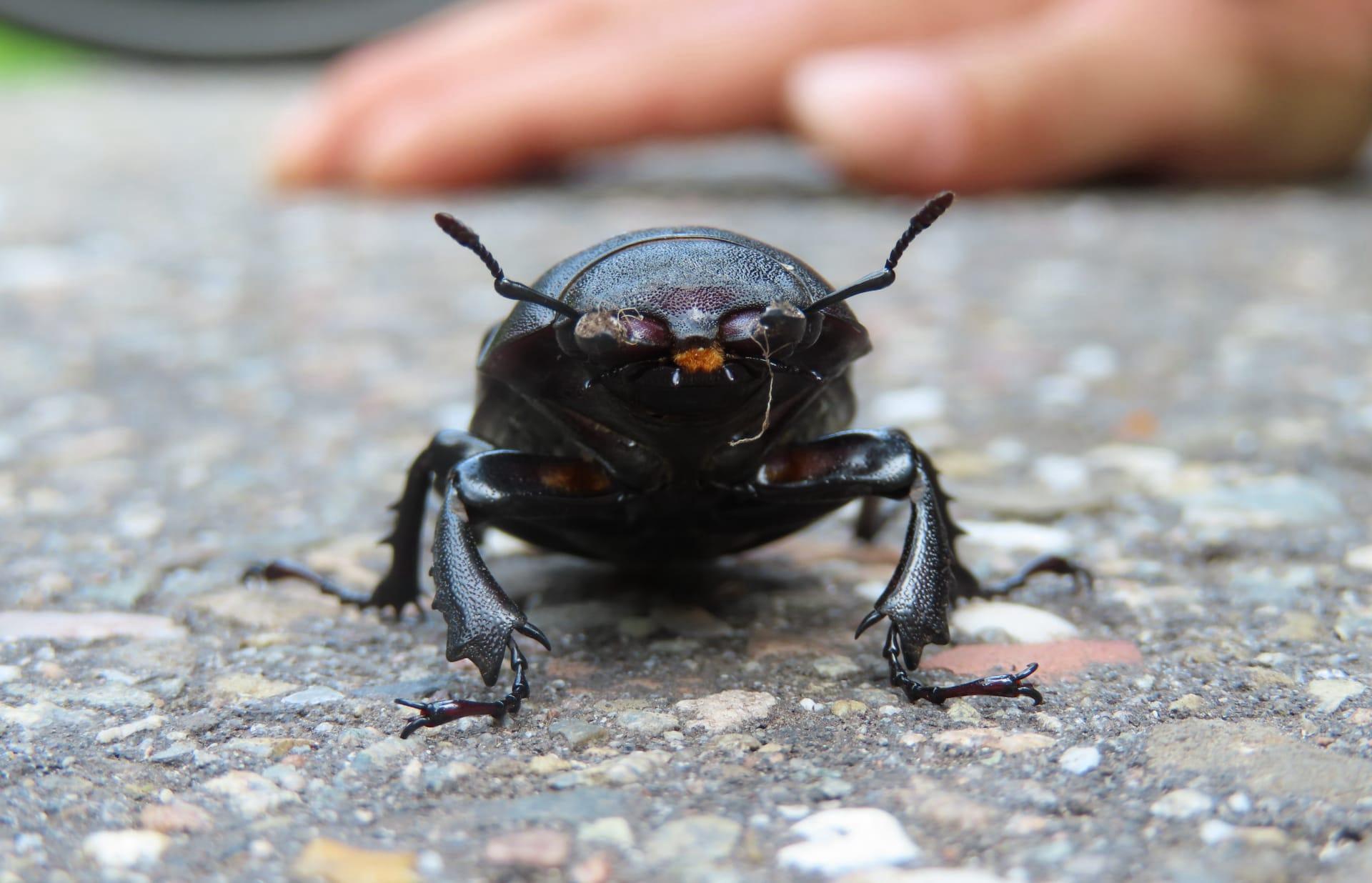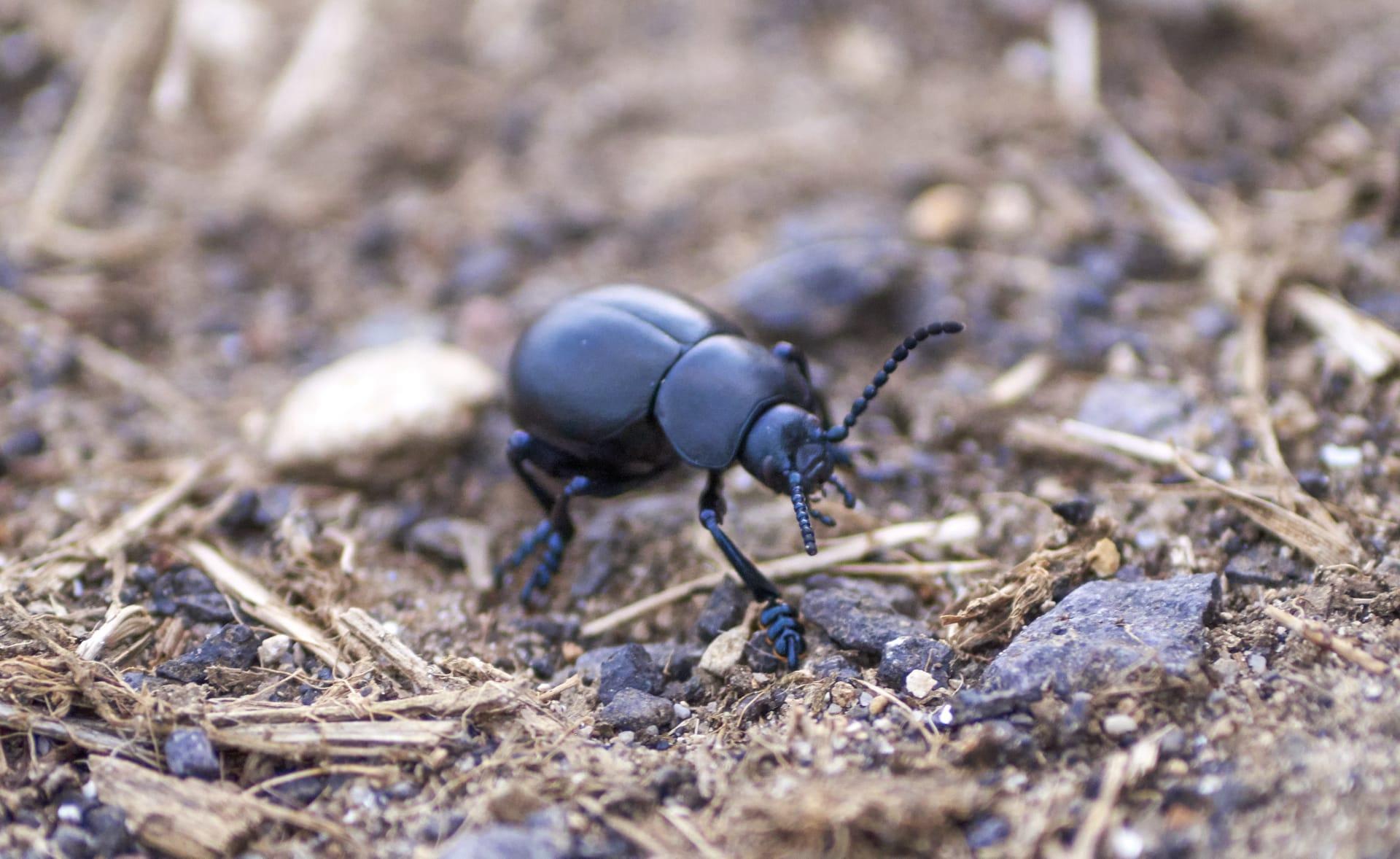Dung Beetle
- Home /
- Mini Encyclopedia /
- Animal /
- Dung Beetle
1
Dung beetles, scientifically known as Scarabaeidae, are a diverse group of beetles that primarily feed on feces. They belong to the order Coleoptera and are classified into three subfamilies: Scarabaeinae, Aphodiinae, and Geotrupidae. Each subfamily has its unique characteristics and feeding habits. The Scarabaeinae, for instance, are known for rolling dung into balls, while Aphodiinae and Geotrupidae often burrow directly in dung. There are approximately 8,000 species of dung beetles globally, showcasing a wide range of colors, sizes, and shapes, with some species reaching up to 1.2 inches in length.
Dung beetles are found on every continent except Antarctica, thriving in diverse habitats such as deserts, rainforests, and grasslands. Their distribution is largely influenced by the availability of dung, which is their primary food source and breeding ground. Some species are highly adaptable and can be found in both rural and urban areas, provided there is an adequate supply of dung. The highest diversity of dung beetles is found in tropical regions, particularly in Africa and South America, where the warm, moist climate and abundant wildlife create ideal conditions for these insects.

2
Question: Do dung beetles eat only dung?
Answer: While dung beetles are famously known for consuming and utilizing dung, their diet is more varied than often assumed. Dung is indeed their primary food source and plays a crucial role in their life cycle. However, some dung beetle species also feed on mushrooms, decaying leaves, and fruits. The dung provides essential nutrients and serves as a breeding ground where they lay their eggs. The larvae feed on the dung after hatching, gaining necessary sustenance for growth. This dietary flexibility allows dung beetles to survive in different environments where dung availability may fluctuate.

3
Dung beetles employ unique survival strategies that are fascinating. One prominent strategy is their ability to navigate using the Milky Way. Researchers have found that certain dung beetle species can orient themselves by the light of the Milky Way, making them one of the few known non-human species to use celestial navigation. This skill is particularly useful when they roll their dung balls in a straight line, away from the competition at the dung pile. Another strategy is their remarkable strength; dung beetles can push or pull objects many times their weight. This is crucial for transporting dung balls to a safe location for consumption or breeding.
Another survival strategy is their role in the reproductive process. Females often select the dung used to form brooding balls, ensuring it is of optimal quality for their offspring. Once a ball is formed, they lay an egg inside it. The egg hatches into a larva, which feeds on the dung ball from the inside, growing until it pupates. This strategy not only provides a reliable food source for the larvae but also offers protection from predators and a stable microhabitat, crucial in harsh environmental conditions.

4
In the ecosystem, dung beetles play a pivotal role in nutrient recycling. By feeding on and burying dung, they help in breaking down and returning nutrients to the soil, thus enhancing soil fertility and plant growth. This process also aids in the reduction of greenhouse gases like methane, a byproduct of dung decomposition. Furthermore, dung burial by these beetles helps in controlling fly populations, which breed in dung and can spread diseases to livestock and humans.
Dung beetles also contribute to seed dispersal. Some dung contains seeds, which, when buried by the beetles, can germinate and grow into new plants. This not only helps in plant propagation but also in maintaining the diversity of flora in an area. Their tunneling activities improve soil aeration and water penetration, further benefiting plant growth. Therefore, dung beetles are integral to maintaining healthy ecosystems, supporting agriculture, and conserving biodiversity.

5
Film: "The Extraordinary World of Dung Beetles" (United Kingdom, 2019) offers an insightful look into the life of dung beetles. This documentary explores their crucial role in ecosystems, highlighting their unique behaviors and survival strategies. It showcases stunning footage of various species across different habitats, emphasizing the beetle's importance in nutrient recycling and soil health.
Book: "Dung Beetle Ecology" by Paul G. Davis (United States, 1996) provides an in-depth exploration of the ecological role of dung beetles. This book covers various aspects of their life cycle, behavior, and interaction with the environment, making it a comprehensive resource for understanding these fascinating insects.
Book: "Beetles of Eastern North America" by Arthur V. Evans (United States, 2014) includes a section on dung beetles. This book offers a detailed guide to the beetle species found in Eastern North America, with specific information on the identification, distribution, and natural history of dung beetles in this region.